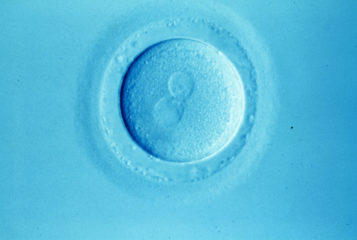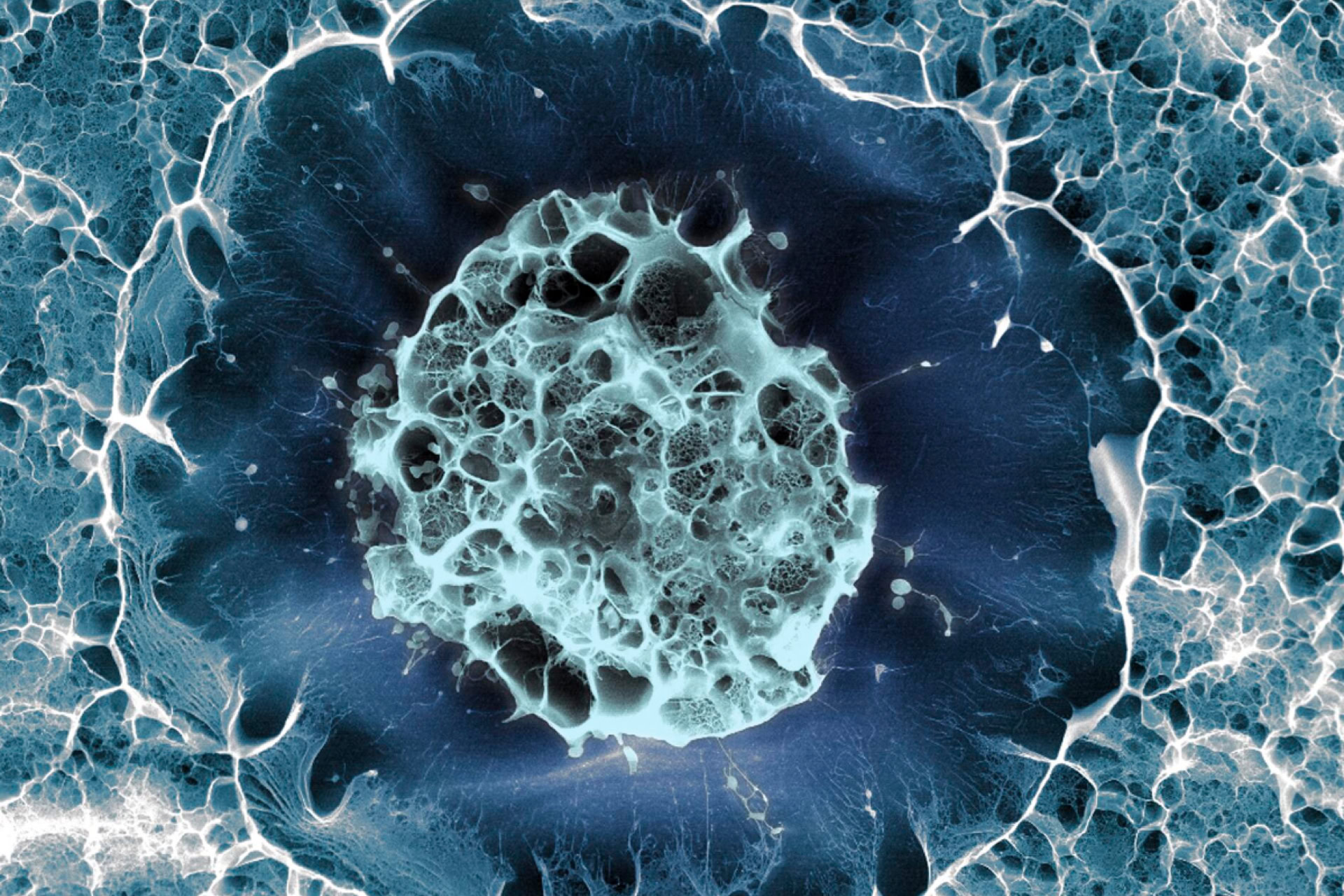|
It's All in the Genes: Medical Genetics in Obstetrics and Gynaecology Organised by the Royal Society Of Medicine Royal Society of Medicine, 1 Wimpole Street, London W1G 0AE, UK Friday 17 May 2013 |
Medical genetics has changed how we think about diagnosis and treatment in almost every field of medicine. At an evening event hosted by the Royal Society of Medicine (RSM), medical genetics teamed up with obstetrics and gynaecology to explore the impact of genetics on the diagnosis of ovarian and breast cancer. We learnt how a new model for patient care that incorporates gene assessments and therapeutics is needed, and also about the importance of epigenetics in the field.
The formal setting at the RSM created the perfect backdrop for bringing together the topics, which was, in my opinion, long overdue. We were warmly welcomed by the RSM's Dr Clive Spence-Jones, president of the obstetrics & gynaecology section, and Dr Huw Dorkins, president of the medical genetics section, who introduced our speakers.
Advances in genetics of gynaecological cancers
A talk given by Dr Katie Snape, of the Institute of Cancer Research, London, highlighted the gap in knowledge of associated genes for breast and ovarian cancer. It's been well documented that some genes, such as BRCA1 and BRCA2, have a high allele frequency, meaning that many different variants of the same gene are produced - ultimately increasing the chance of breast and ovarian cancer in some people. Dr Snape showed that 40 percent of genetic cases of breast and ovarian cancer could be accounted to the high allele frequency.
But what really interested her were those that were left. Dr Snape hypothesised that genes with lower allele frequency also had a big part to play. 'Clinically now its about looking at the genes that interact with BRCA1 and BRCA2', she explained. Of the 507 'repair genes' that are important, she showed an association between the BRCA genes with the RAD51C and RAD51D genes reveals an increased risk of ovarian cancer.
Dr Snape's research is ongoing and she specified that new strategies are needed to look for the middle-ground associated genes. She ended the presentation saying that the ultimate aim is to be able to genetically identify all cases of gynaecological cancer - something for which we currently don't have the capacity.
Karen Temple, professor of medical genetics at the University of Southampton, spoke about how epigenetics has an effect across all genes. Professor Temple is investigating DNA methylation and imprinted genes and how the addition of a methyl group has a suppressing effect on the genes around it. She is also looking at how the early onset of an imprinted gene expression affects its expression throughout a person's life. These are important ideas for assisted reproductive techniques, where prenatal genetic diagnosis is becoming more common.
Epigenetics can explain the causes of Beckwith-Wiedemann syndrome and Temple syndrome, named after Professor Temple. Methylation and gene imprinting can affect genes in the sperm and egg cells too, leading to an increased risk of babies being born with low birth size and ongoing developmental and physical problems. Following on from this, Professor Temple said that a new model based around increasing capacity and providing genetic testing for more women would be more effective in the clinical setting.
Free fetal DNA testing: Antenatal diagnosis for the future
Basky Thilaganathan, professor of fetal medicine at St George's Healthcare NHS Trust, concentrated on the diagnosis of Trisomy 21 or Down's syndrome through non-invasive diagnosis. Professor Thilaganathan is a skilled sonographer, while also being editor-in-chief of the medical journal Ultrasound in Obstetrics & Gynecology, and so is acutely aware of the power of non-invasive ultrasound testing of zygotes in gestation.
Although such testing is only an indication of the disorders, and any ultrasound diagnosis of Trisomy 21 would warrant further investigation of the more invasive kind, many cases are missed early on. Options are also limited when diagnosis occurs after 24 weeks.
Professor Thilaganathan, a self-proclaimed non-geneticist, then explained 'the genetics bit' and presented a basic run-through of possible roads that can be taken to diagnosis. This involves sensitive testing of the fetus' genome, but the genetic material is often difficult to obtain. The fetal genome needs to be identified in the mother's blood stream, but for every million maternal cells found in the blood stream, only one will be from the fetus.
Genetics laboratories are using methods known as shotgun massively parallel sequencing and targeted massively parallel sequencing, which can be extensive and time consuming. Professor Thilaganathan pointed out that in order to catch and diagnose all cases, genetic testing will have to become more widely available and proven to be safe and harmless for the fetus.
This informative and educational evening helped illuminate on how genetics has influenced gynaecology and obstetrics. The speakers were keen to see a clinical structure in which we integrate genetics into diagnosis and treatment for more women. We should continue to tap into the power of genetics by developing more sensitive tests, identifying further gene associations in relation to ovarian and breast cancers, and exploring the external factors that can influence your genome.







Leave a Reply
You must be logged in to post a comment.